David Cox (1783 – 1859)
Get a Cox Certificate of Authenticity for your painting (COA) for your Cox drawing.
For all your Cox artworks you need a Certificate of Authenticity (COA) in order to sell, to insure or to donate for a tax deduction.
Getting a Cox Certificate of Authenticity (COA) is easy. Just send us photos and dimensions and tell us what you know about the origin or history of your Cox painting or drawing.
If you want to sell your Cox painting or drawing use our selling services. We offer Cox selling help, selling advice, private treaty sales and full brokerage.
We have been authenticating Cox and issuing certificates of authenticity since 2002. We are recognized Cox experts and Cox certified appraisers. We issue COAs and appraisals for all Cox artworks.
Our Cox paintings and drawings authentications are accepted and respected worldwide.
Each COA is backed by in-depth research and analysis authentication reports.
The Cox certificates of authenticity we issue are based on solid, reliable and fully referenced art investigations, authentication research, analytical work and forensic studies.
We are available to examine your Cox painting or drawing anywhere in the world.
You will generally receive your certificates of authenticity and authentication report within two weeks. Some complicated cases with difficult to research Cox paintings or drawings take longer.
Our clients include Cox collectors, investors, tax authorities, insurance adjusters, appraisers, valuers, auctioneers, Federal agencies and many law firms.
We perform David Cox art authentication, appraisal, certificates of authenticity (COA), analysis, research, scientific tests, full art authentications. We will help you sell your David Cox or we will sell it for you.
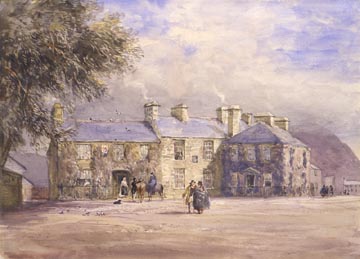
David Cox was an English landscape painter. Cox was born on April 29, 1783 in Deritend Birmingham, the son of a blacksmith, who went on to become one of the most important figures in British Art during the so-called Golden Age of watercolour painting. He was considered by his contemporaries to be rivalled only by Constable in his portrayal of natures moods. In 1852 The Spectator claimed, “in his works there are power and insight enough to swamp all the others put together.”
In around 1798, he was apprenticed to a maker of fancy articles named Fieldler, and soon learnt to paint portrait miniatures. Following Fieldlers suicide, he was next employed as an assistant to scene-painter De Maria in the theater. In 1804, he took up work as a scene painter at Astleys Theatre and moved to London. While living in London, Cox married his landlord’s daughter, Mary Agg, and the couple moved to Dulwich in 1808. In the same year, he abandoned scene-painting, and took up watercolor painting for which he became famous.
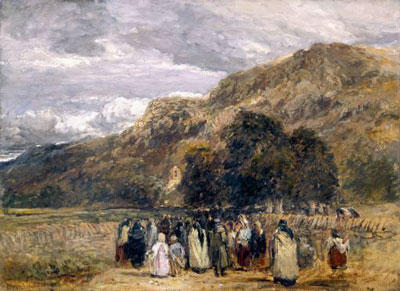
In 1805 he made his first of many trips to Wales, with Charles Barber, his earliest dated watercolors are from this year. Throughout his lifetime he made numerous sketching tours to the Home Counties, North Wales, Yorkshire, Derbyshire and Devon.
Cox exhibited regularly at the Royal Academy from 1805. His paintings never reached high prices, so he earned his living mainly as a drawing master. His first pupil, Colonel the Hon.H. Windsor (the future Earl of Plymouth) engaged him in 1808, Cox went on to acquire several other aristocratic and titled pupils. He also went on to write several books, including, Ackermanns New Drawing Book 1809: A Series Of Progressive Lessons 1811: Treatise on Landscape Painting 1813, and Progressive Lessons on Landscape 1816. The ninth and last edition of his series Progressive Lessons, was published in 1845.
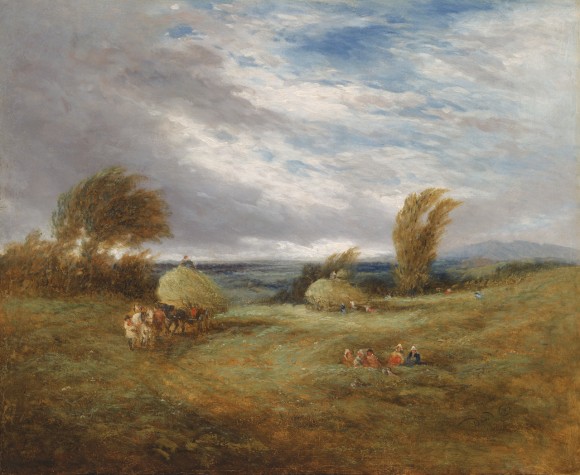
By 1810 he was elected President of the Associated Artists in Water Color. In 1812, following the demise of the Associated Artists, he was elected as associate of the Society of Painters in Water Color (the old Water Color Society). He was elected a Member of the Society in 1813, and exhibited there every year (except 1815 and 1817) until his death. In about 1814-1815 he went on to be appointed as Drawing Master at the Military Staff College, Farnham. With his appointment as Drawing Master at a Miss Crouchers Girls School, he took up residence in Hereford. He made his first trip to the Continent, to Belgium and the Netherlands in 1826 and subsequently moved to London the following year.
He exhibited for the first time with the Birmingham Society of Artists in 1829, and with the Liverpool Academy in 1831. In 1839, two of Cox’s watercolors were bought from the Old Water Color Society exhibition by the Marquis of Conynha for Queen Victoria.
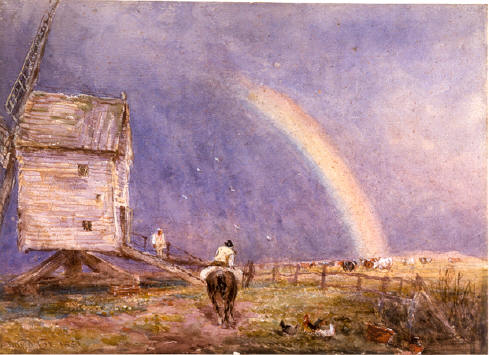
Cox lived in Hereford and London between 1804 and 1840, returning to Birmingham to live in Harborne. Around 1840, Cox took up oil painting, studying under W. J. Miller. In order to do this, he handed over much of his teaching work to his only son, David Cox Jnr (1809 – 1885). He went on to exhibit two oil paintings at the Royal Academy in 1844. From 1844 until 1856 he spent summers at Bettws-y-Coed in North Wales. His health suffered following a stroke in 1853. In 1855 he was represented by watercolors at the Paris Universal Exhibition.
By 1857 however, his eyesight had deteriorated. An exhibition of his work was arranged in 1858 by the Conversazione Society Hampstead, and in 1859 a retrospective exhibition was held at the German Gallery Bond Street, London. Cox died several months later. He was buried in the churchyard of St Peters, Harborne, Birmingham, under a chestnut tree, alongside his wife Mary.
Several of his works are in Birmingham Museum & Art Gallery, having been donated by Joseph Henry Nettlefold, on the condition it opened on Sunday’s. His work can also be seen at the British Museum, the Tate Gallery, and in Manchester, Newcastle, Liverpool, Edinburgh, Oxford and Cambridge. There are two Blue Plaque memorials commemorating him at 116 Greenfield Road, Harborne, Birmingham, and at 34 Foxley Road, London, SW9.
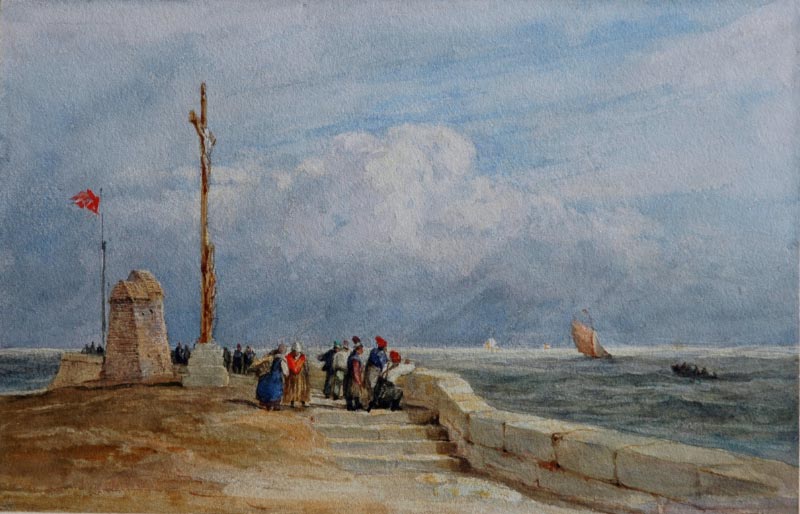
Still wondering about a British painting in your family collection? Contact us…it could be by David Cox.
